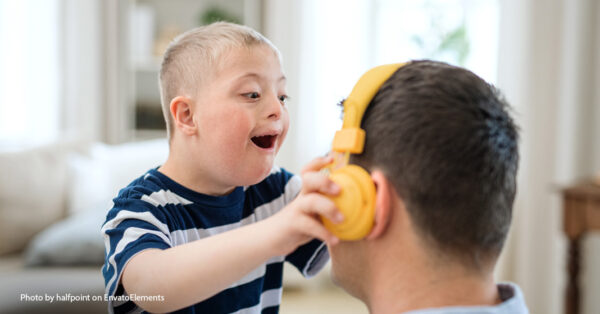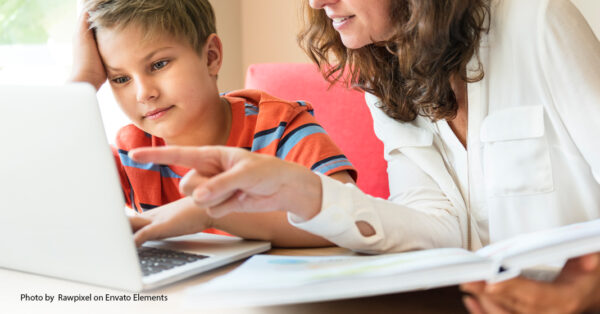
If I asked you to name ten key historical figures, who would be on your list? How many of them would be women? For millennia, women have shouldered most of the domestic responsibilities, leaving men “free” to lead nations, fight wars, and leave a lasting mark on history. But if you look for them, you can find the women who have left a mark on history, and you can and should teach women’s history to your children.
Learn more about teaching women’s history!


